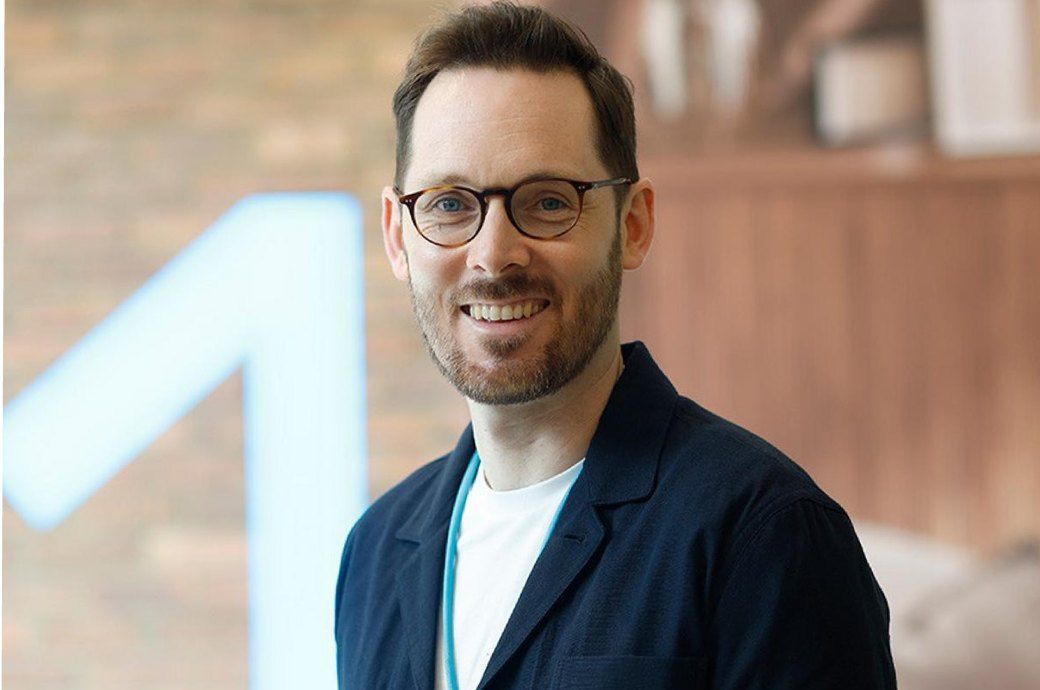According to Michigan Radio, Dohoney recently said the next steps include figuring out both what the city can afford to do and what is realistic for a “third party” to manage in response to these sorts of calls. This could look like equipping people with an emergency phone number to call other than 911, for example, that would connect folks to an entirely different group of people. Giving more money to a program run by the county sheriff that works in community mental health could be an option, as well as involving the fire department.
The next step is for the city council, plus residents, to discuss options in-depth, including if the city will use any federal money to start the hypothetical new program. This money could come from the American Rescue Plan, for example, though Dohoney stressed this wouldn’t be a long-term solution.
In the big picture, other cities are slowly but surely taking steps to remove police from community interventions, especially when it comes to mental health. Eugene, Oregon, for example, operates the CAHOOTS (Crisis Assistance Helping Out On The Streets) mobile program as an alternative model to involving police. The idea is that mental health workers respond to noncriminal emergencies, which the program says not only decreases issues with police but saves money overall.
The CAHOOTS program also points out that this gives the police department more time to solve actual crimes. This is no small factor, either; as NPR reported back in 2020, for example, nonviolent mental health crisis situations (like requests for a wellness check) can make up about 25% of the calls that come into the police. The Washington Post reports that CAHOOTS receives about four calls per day to aid a person who may be suicidal.
Similar to CAHOOTS, Denver, Colorado, had a STAR (Support Team Assisted Response) pilot program as an alternative to 911 for mental health. STAR focuses on trauma-informed responses to behavioral and mental health crises, as well as to poverty, substance abuse, and homelessness. Like CAHOOTS, it’s a mobile response effort. In this case, calls go into 911 and a mental health professional is paired up with an EMT or paramedic to assess the situation. The program also handles issues like trespassing.
In San Francisco, efforts to reform police departments have resulted in a shift away from police responding to folks who are experiencing mental health, substance abuse, or behavioral crises. Instead, the city is sending unarmed mental health workers, EMTs, peer support counselors, and paramedics from the fire department. There’s a special emphasis on sending people who can relate to the lived experience of the person in need as well; for example, sending a peer counselor in recovery to aid someone who is living with substance abuse.


:max_bytes(150000):strip_icc()/Health-GettyImages-2187328842-0ff87870ab884e108a5b113dc29a37ef.jpg)

